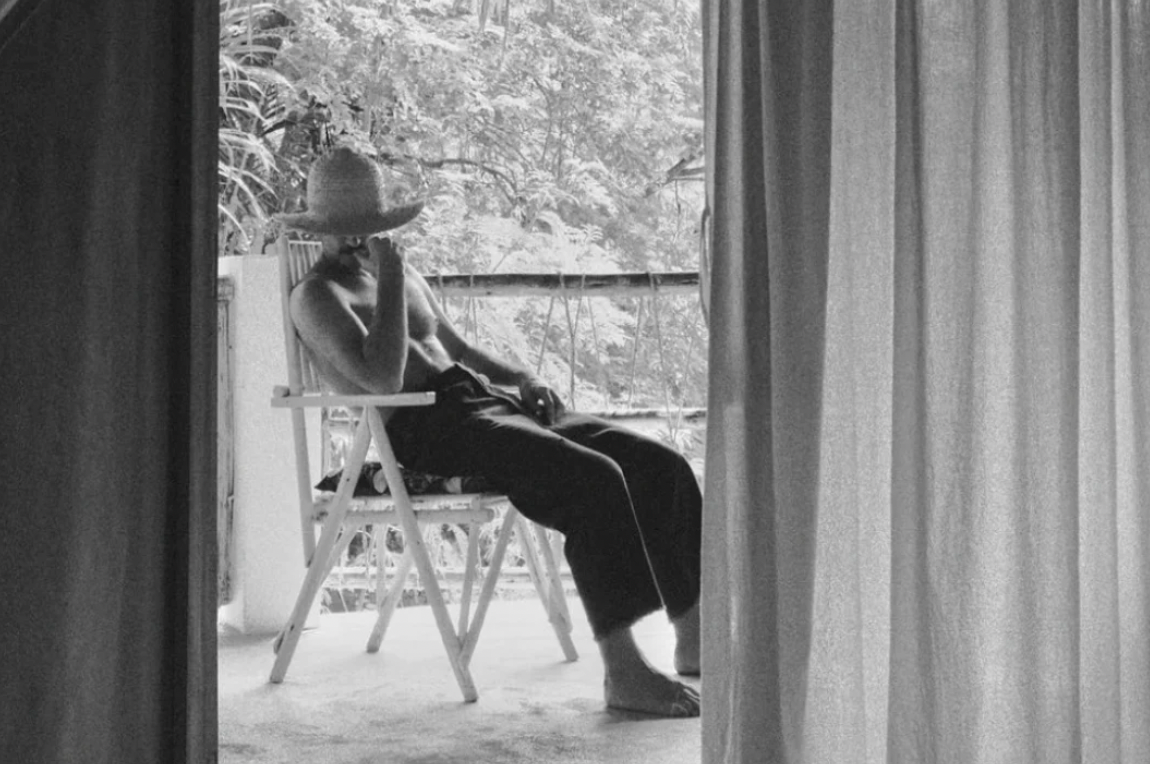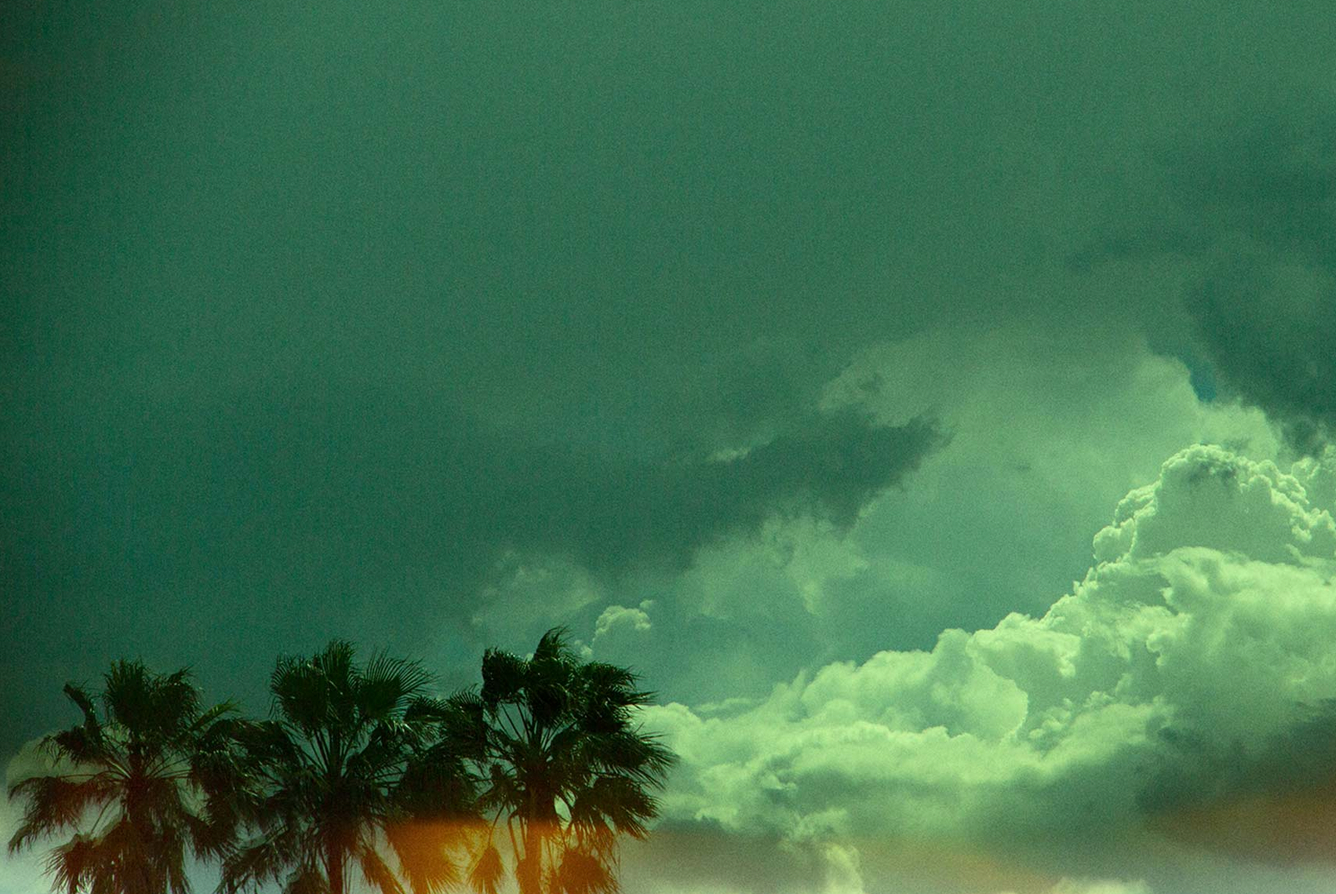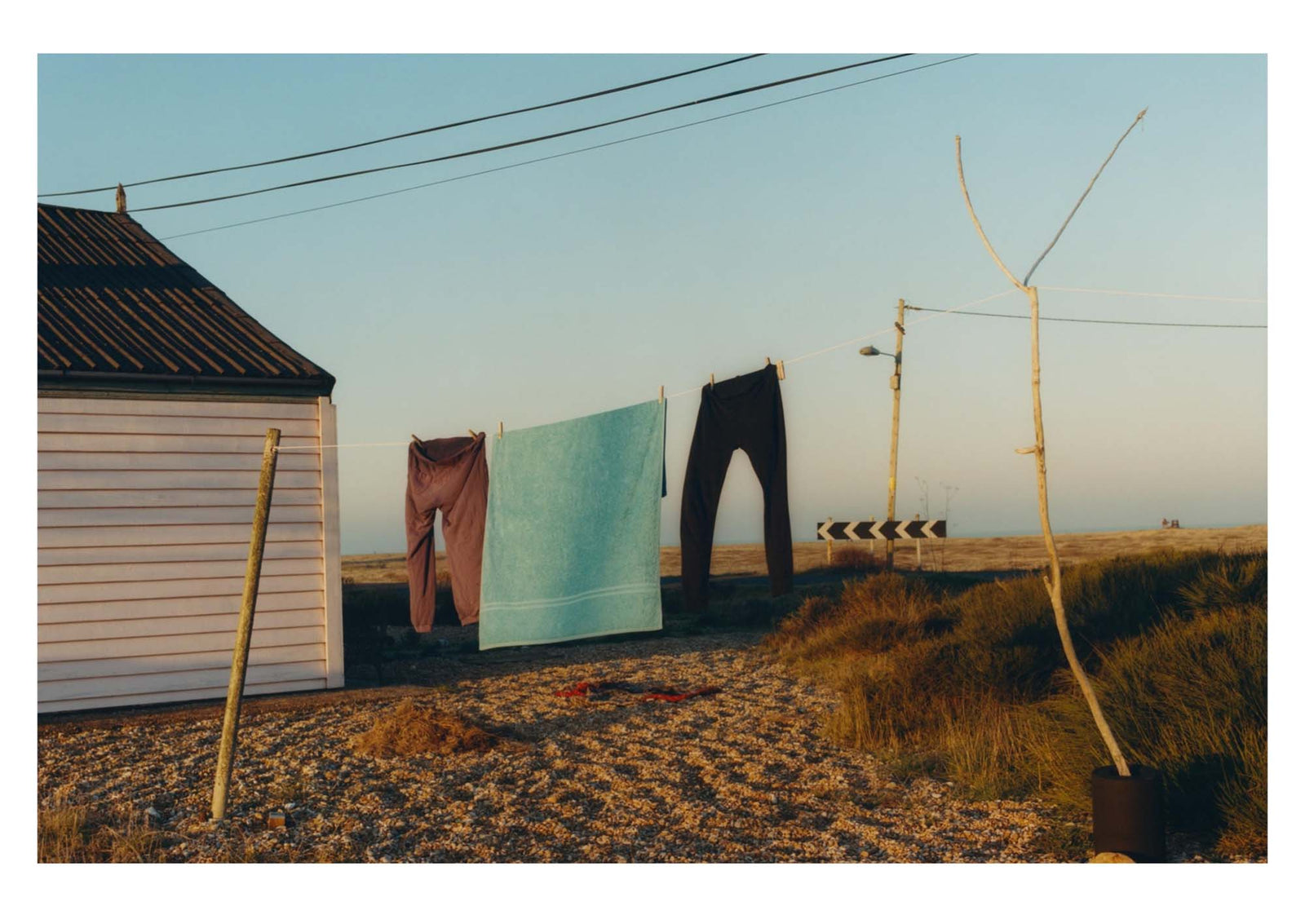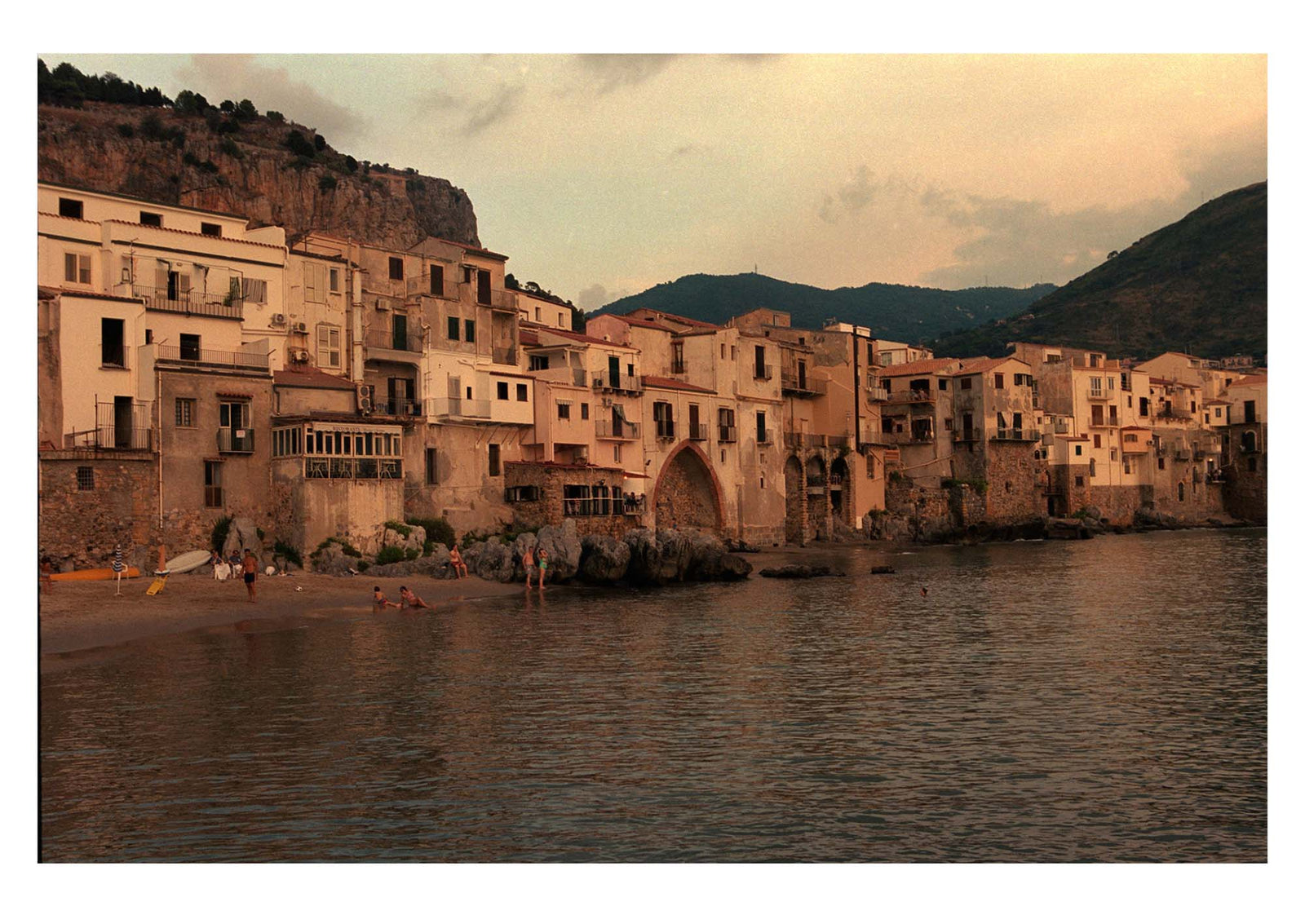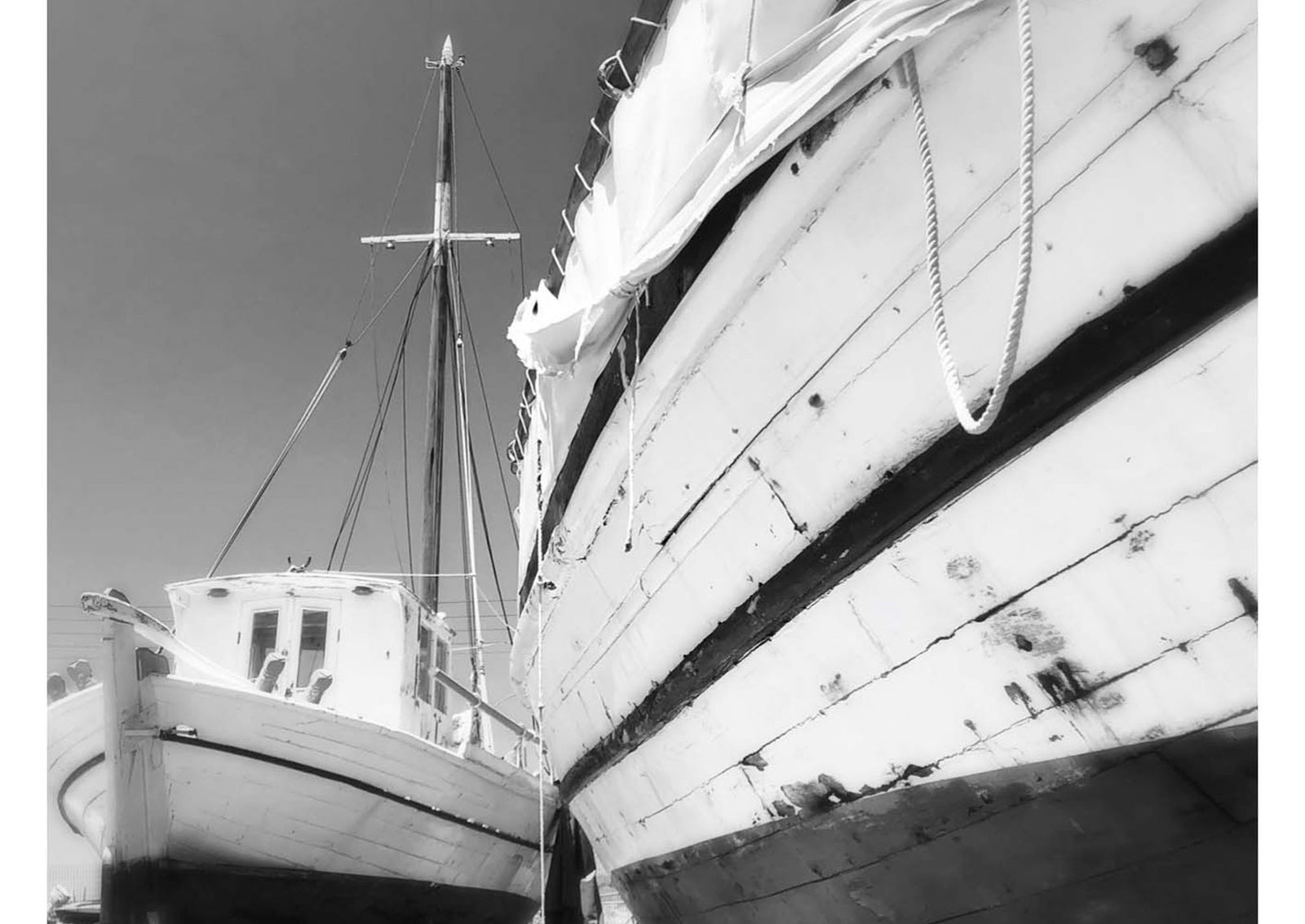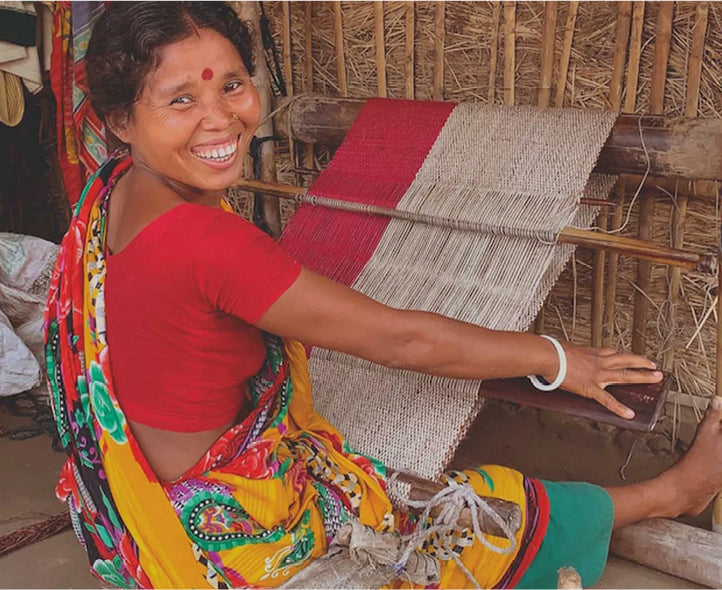Costa Rica has long provided a bolthole for Americans wanting to escape from it all. Little wonder. The compact country – a narrow strip of land between Panama and Nicaragua, flanked by coastline on either side – just about has it all, from uninterrupted beaches and endless surf, to rainforests teeming with wildlife and plenty of mountains to climb (and more than a few celebrity-filled hotels). For a side of the beautiful nation less travelled, though, head towards the western edge of the Nicoya peninsula for true Edenic bliss.
There, arrived at via a series of winding dirt-beaten tracks, you will find the charming string of beachside dwellings collectively known as Santa Teresa. All too often referred to as ‘the new Tulum’ – the once-remote Mexican enclave which now is firmly on the country’s tourist map – the tiny beachside community offers something altogether more untamed. But not entirely so: among Santa Teresa’s palm forests, clusters of beautiful hotels and lodges nestle along the coastline, which is one of the world’s most impressive – wide stretches of palm-tree edged sandy beaches, where serene coastal pools meet a thunderous (and world-renowned) surf.
Florblanca
The beaches of Malpaís
OSA Santa Teresa


